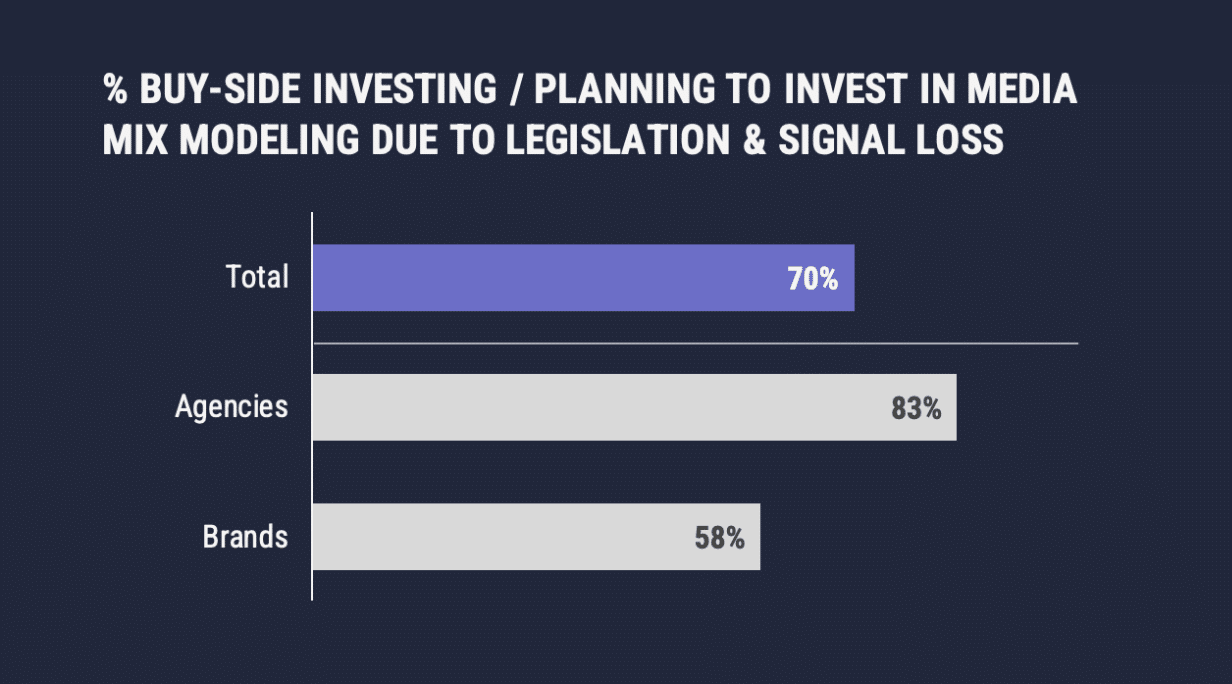
Google may have pressed pause on their phasing out of third-party cookies, but the rest of us don’t have to.
While this latest pushback means some businesses may put off their search for a solution, I will instead outline practical steps you can take today to test both alternative targeting and measurement options to successfully navigate the future landscape.
The current measurement landscape: Challenges and limitations
In recent years, PPC specialists have been grappling with many challenges related to obtaining accurate data, particularly with the transition to Google Analytics 4 (GA4).
GA4’s event-based model, while powerful, requires a more sophisticated setup and understanding compared to its predecessor, Universal Analytics. This shift has left many marketers struggling to extract meaningful insights from their data.
Adding to this complexity are the broader privacy-related challenges that have contributed to the reduced availability and accuracy of digital attribution.
With increasing privacy regulations such as GDPR and CCPA and the planned phase-out of third-party cookies, traditional methods of tracking user behavior and attributing conversions are under significant strain. These changes require a fundamental rethinking of how we measure the effectiveness of our PPC campaigns.
Beyond GA: Triangulating ROI with alternative measurement techniques
As the reliability of conventional measurement tools wanes, we must diversify our approach to proving ROI. Relying solely on GA4 is no longer viable.
To gain a broader perspective on marketing performance, we must understand the interplay between different channels and their collective impact on ROI.
1. Invest in media mix modeling (MMM)
One area that is making a comeback is the use of media mix modeling (MMM) solutions. More than 50% of brands and 80% of digital agencies are expecting to invest in MMM in 2024, per IAB’s 2024 State of Data report (subscription required).

MMM is a statistical analysis technique that evaluates the impact of various marketing inputs on overall business performance.
By analyzing aggregate data across different channels, MMM can help determine the effectiveness of each channel and how they interact to drive sales. This approach provides a high-level view of marketing performance, accounting for external factors such as seasonality, economic conditions and competitor activity.
When it comes to implementing MMM, marketers have the option of creating bespoke models or using off-the-shelf solutions such as Google’s Meridian or Meta’s Robyn.
While many out-of-the-box MMM solutions use AI to fill in blanks in data, bespoke models can provide a more detailed and comprehensive analysis, incorporating a wider range of data sources and variables.
MMMs are a great way of assessing budgets at a high level and answering the question of which investments are actually driving incremental growth.
2. Implement incrementality testing
Incrementality testing is a powerful method to prove genuine ROI by measuring the lift caused by a particular marketing activity.
This approach isolates the impact of your campaigns, distinguishing between conversions that would have happened organically and those driven by your marketing efforts.
This helps review specific campaigns or activities where perhaps you have had two or three different platforms claiming credit for the same sale.
If you’re using Google Ads, the conversion lift feature is a good place to start.
3. Prioritize data quality
Data quality is crucial across the entire measurement spectrum.
When investing in MMM, having clean, well-formatted data is essential; otherwise, missing or incorrect data can skew the model’s conclusions, leading to misguided decisions.
Additionally, data quantity is vital for building a robust media mix model. You need a substantial amount of data to generate long-term insights and accurately capture seasonality and trends.
Generally, two to three years of data is recommended. This period strikes a balance as it is long enough to observe meaningful trends without over-relying on outdated patterns.
4. Leverage first-party data
With third-party data becoming less reliable, investments in first-party data are on the rise.
Many brands are investing more time and budget to gather and analyze first-party data.
This data can enhance personalization and improve the accuracy of any measurement solution (e.g., MMM, multi-touch attribution).
![[Source: IAB State of Data 2024]](https://searchengineland.com/wp-content/seloads/2024/07/Increase-first-party-data-sets-Source-IAB.png)
5. Use attribution modeling for campaign optimization
While an attribution-only approach to measurement has its flaws, multi-touch attribution models can provide useful user and campaign-level insights.
User and campaign-level insights offer a granular understanding of your audience’s behavior and the performance of individual marketing campaigns.
Campaign-level insights offer visibility into the effectiveness of specific marketing initiatives, enabling you to identify which campaigns drive the most engagement, conversions and ROI.
While multi-touch attribution can compare the efficiency of different campaigns within the same sphere, incrementality testing can further strengthen the budgeting process and identify whether it’s worth increasing or decreasing investment in certain media networks and campaigns.
Dig deeper: 7 must-know marketing attribution definitions to avoid getting gamed
The road ahead: Adapting to a privacy-first future
As privacy regulations evolve and traditional tracking methods become less reliable, it is imperative for everyone working in paid media to rethink their measurement strategies.
By diversifying tools, embracing incrementality and leveraging first-party data, you can continue demonstrating your PPC campaigns’ effectiveness and proving genuine ROI.
To help make more effective decisions on when and where to invest, you must challenge the status quo around digital measurement in your organization and ensure your team is well-versed in the latest measurement technologies and methodologies.
Focus on two key areas in the coming months:
- Triangulate ROI: Use a combination of media mix modeling (MMM), multi-touch attribution (MTA) and experimentation to effectively navigate the post-cookie measurement landscape.
- First-party data collection: Prioritize the collection and management of first-party data to reduce reliance on third-party sources. Leveraging your own data will enable more reliable ad targeting and measurement.
Dig deeper: Tracking in 2024: Where we are and how to prep